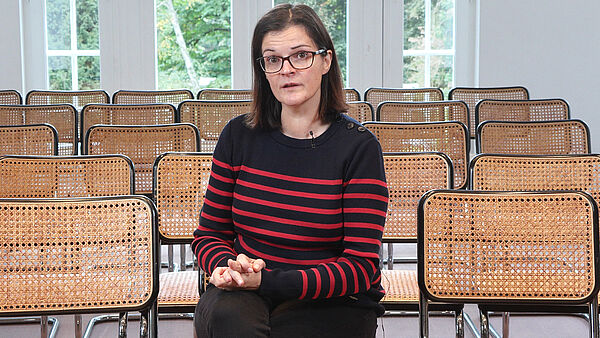
Elise Dermineur Reuterswärd, Ph.D.
Associate Professor of Economic History
Universität Stockholm
Born in 1982 in Belfort, France
B.A. in History and Geography and M.A. in History, University of Strasbourg, Ph.D. in History, Purdue University
Arbeitsvorhaben
The Moral Economy: History and Explorations of a Critical Concept
My book project is tentatively titled The Moral Economy: History and Explorations of a Critical Concept. This book explores the relationship between markets and society. Specifically, it retraces the history of the moral economy and analyzes the transformations and evolutions it has undergone over time. By “moral economy,” I mean the non-economic norms affecting commercial interactions, such as fairness, cooperation, flexibility, and other-regarding norms. The book illustrates how, in premodern communities, exchanges were governed by the norms of the moral economy in the context of a lack of efficient institutional structures for contract enforcement and coercion. These norms not only guided transactions, but also strengthened community cohesion. They established a strong mutual insurance system, offering support and security to members long before the emergence of modern welfare states.However, at the turn of the nineteenth century, industrialization, urbanization, and demographic explosion coalesced to form the tenets of modernity, causing the norms of the moral economy to wane. The welfare state replaced community support, cities stretched and disrupted previously enmeshed ties between people, and changes in work, especially wage labor, altered the meaning of communality. Yet, the norms of the moral economy have not disappeared altogether. They have evolved, adapted, and even persisted in modern societies. This book explains how and why.
Recommended Reading
Dermineur, Elise M. Gender and Politics in Eighteenth-Century Sweden: Queen Louisa Ulrika (1720–1782). Routledge, 2017.
—. “Rethinking Debt: The Evolution of Private Credit Markets in Preindustrial France.” Social Science History 42, no. 2 (2018): 317–342.
—. Before Banks: The Making of Credit and Debt in Preindustrial France. Cambridge University Press, 2025.
Publikationen aus der Fellowbibliothek
Dermineur Reuterswärd, Elise (Cambridge, United Kingdom, 2025)
Before banks : the making of credit and debt in preindustrial France Cambridge studies in economic history
Dermineur Reuterswärd, Elise (Cambridge, 2018)
Rethinking debt : the evolution of private credit markets in preindustrial France
